- iShares MSCI Min Vol USA ETF (USMV)
- iShares MSCI Min Vol EAFE ETF (EFAV)
- Invesco S&P 500® Low Volatility ETF (SPLV)
- iShares MSCI Min Vol Global ETF (ACWV)
- iShares MSCI Emerging Markets Min Vol Factor ETF (EEMV)
- iShares MSCI USA Min Vol Factor ETF (USMV)
- Invesco S&P Midcap Low Volatility ETF (XMLV)
- Invesco S&P Smallcap Low Volatility ETF (XSLV)
- iShares MSCI USA Smallcap Min Vol Factor ETF (SMMV)
- Invesco S&P Intl Developed Low Volatility ETF (IDLV)
Other volatility strategies
There are several other ways that investors may be able to weather an increase in volatility. Bonds, for example, tend to be less volatile than stocks. When the stock market is expected to be more volatile, tactical investors may want to consider increasing their bond allocation. It is worth noting that the bond market is not immune to volatility.
High-yielding stocks are another opportunity that investors can explore. The income component of high-yielding stocks tends to make these investments less volatile than more cyclical stocks, which have lower or no dividend yield. Of course, the 2008 financial crisis highlights that even this strategy may not be immune to severe market stress.
You could also consider industry/sector-specific mutual funds that have historically exhibited lower volatility, relative to the broad market, as well as managed account solutions—particularly those with a defensive strategy.
Additionally, there are several options strategies, including straddles, strangles, and other spreads, which can be used to take advantage of expected market volatility.

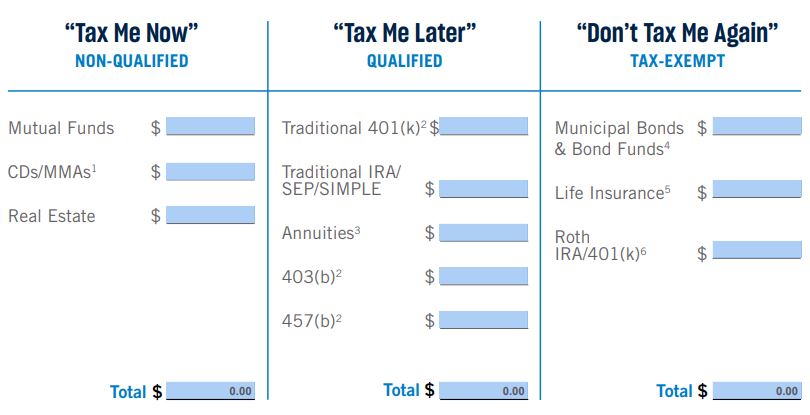
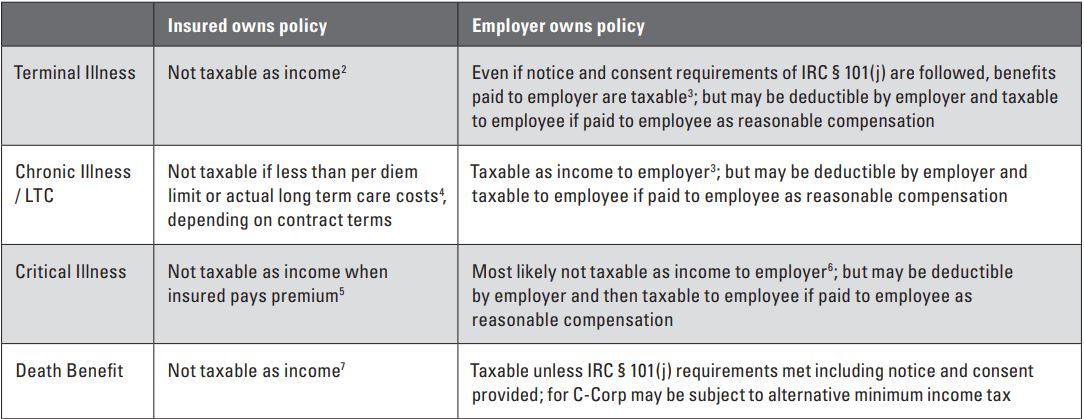
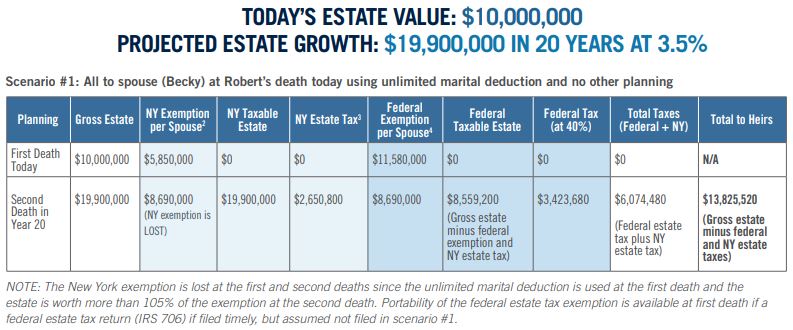

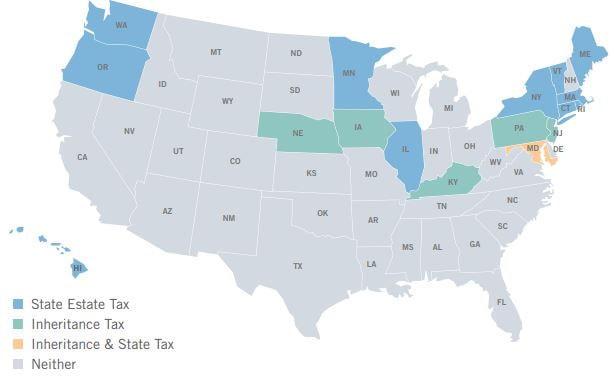
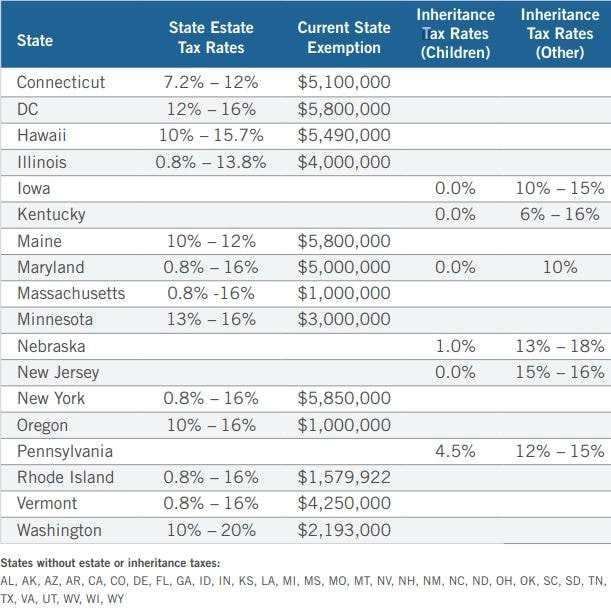
 RSS Feed
RSS Feed
